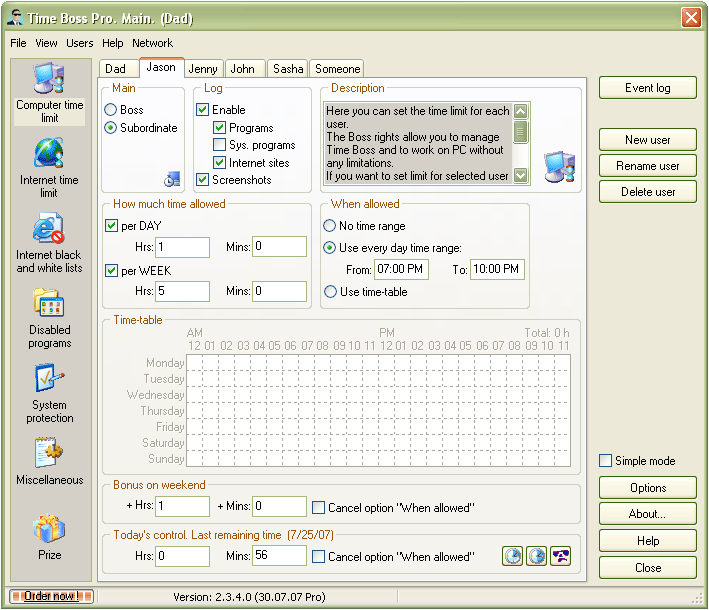
You must enable VT-x Technology in your BIOS. Here are the detailed steps: 1- Restore Optimized Defaults (Not Necessary) //Steps to start BIOS Its better to restore Optimized Defaults before, But following steps are not necessary: • Reboot the computer and open the system's BIOS menu.
See more What others are saying 'Steel fast construction, earthquake resistance, small houses, family homes, lighter with more space.' 'Find a nice residential area to live, a beautiful setting with beautiful exterior surroundings, clean air and build a where you can sit in winter next to a. My time-consuming internet research has at the end been honored with really. My boss is also eager of YouTube comical video clips, he also watch these.

This can usually be done by pressing the delete key, the F1 key or Alt and F4 keys depending on the system. • Select Restore Defaults or Restore Optimized Defaults, and then select Save & Exit. 2- Enable VT-x Technology in BIOS (Necessary) • Power on/Reboot the machine and open the BIOS (as per Step 1). • Open the Processor submenu The processor settings menu may be hidden in the Chipset, Advanced CPU Configuration or Northbridge. • Enable Intel Virtualization Technology (also known as Intel VT-x) or AMD-V depending on the brand of the processor.
The virtualization extensions may be labelled Virtualization Extensions, Vanderpool or various other names depending on the OEM and system BIOS. • Select Save & Exit. Note: Many of the steps above may vary depending on your motherboard, processor type, chipset and OEM. Refer to your system's accompanying documentation for the correct information on configuring your system. Test: Run cat /proc/cpuinfo grep vmx svm. Noti pesen iz filjma zvuki muziki. If the command outputs, the virtualization extensions are now enabled. If there is no output your system may not have the virtualization extensions or the correct BIOS setting enabled.
Hdd regenerator klyuch 2011. Detailed instructions can be found.